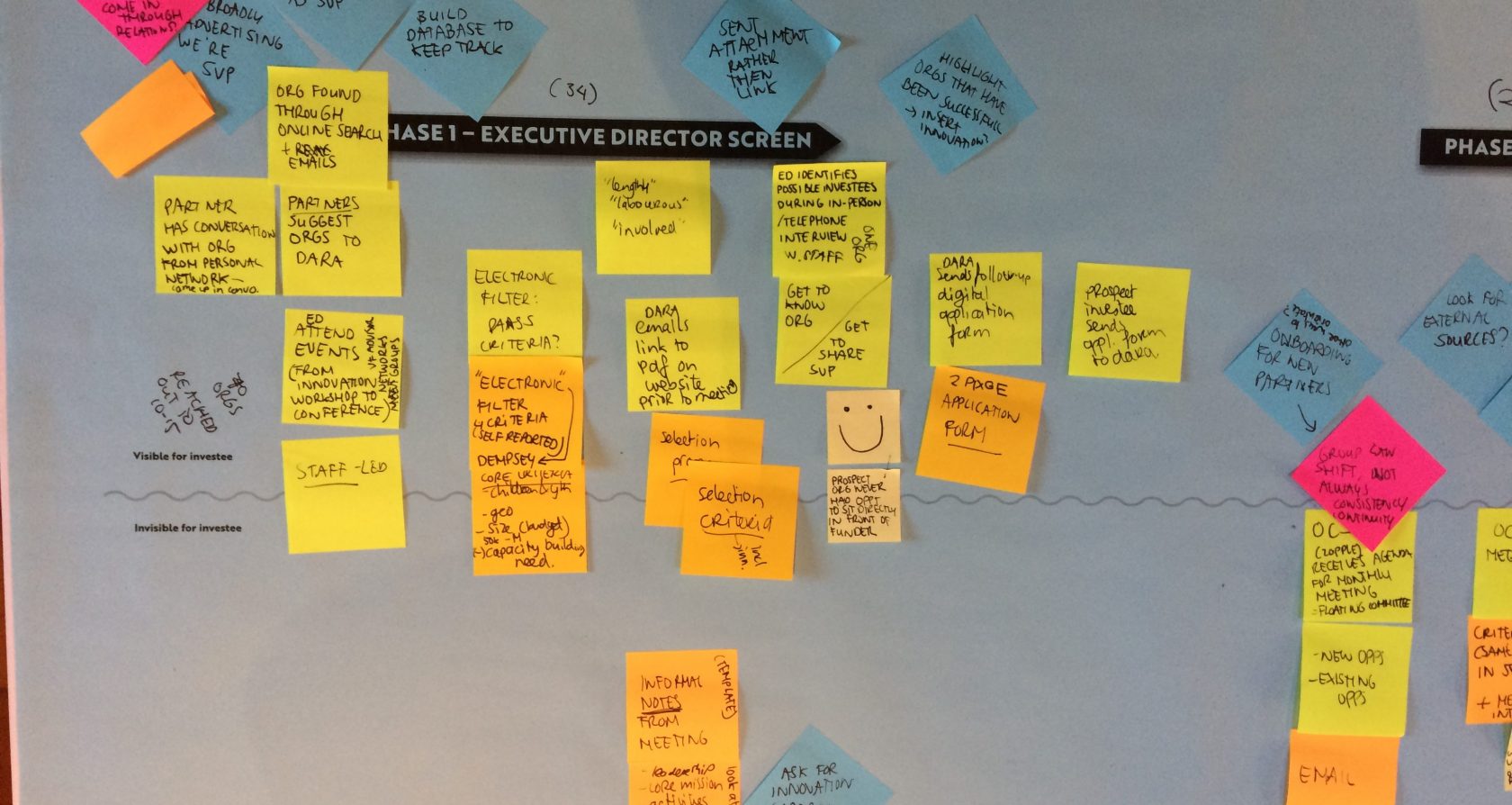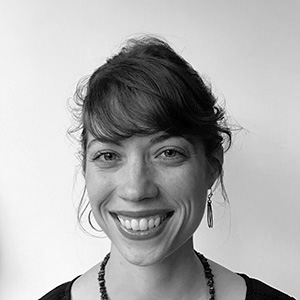Baked into philanthropy is an inherent tension: how to balance the interests of the benefactor with the interests of the beneficiary. How money is distributed, to whom, compels us to confront uncomfortable questions about who is deserving and who decides. Historically, philanthropy and charity went hand-in-hand. The logic was rather straightforward: address unmet social needs. Feed the disadvantaged. Clothe the disadvantaged. House the disadvantage. In short: attenuate disadvantage by servicing more people.
From charity to venture philanthropy
About twenty years ago, a new logic took hold. This was a logic less steeped in charity and more steeped in venture capital. Advanced by some of the winners of the dotcom era, venture philanthropy offered an adjacent approach: one that wasn’t just about servicing needs, but shaping how organizations serviced needs. Rather than just give money to direct services, venture philanthropists also pledged to give their time and their networks to strengthening and scaling the non-profits behind successful services.
Fast forward a couple of decades, and thousands of venture philanthropists give millions of dollars and hundreds of thousands of hours of their time through an international giving model called Social Venture Partners. Groups of philanthropists pool dollars and expertise to improve nonprofit capacity and deliver more impact. In Vancouver, that group of philanthropists is robust and growing. Over 100 philanthropists have distributed six million dollars and thousands of hours of their time to local nonprofits.
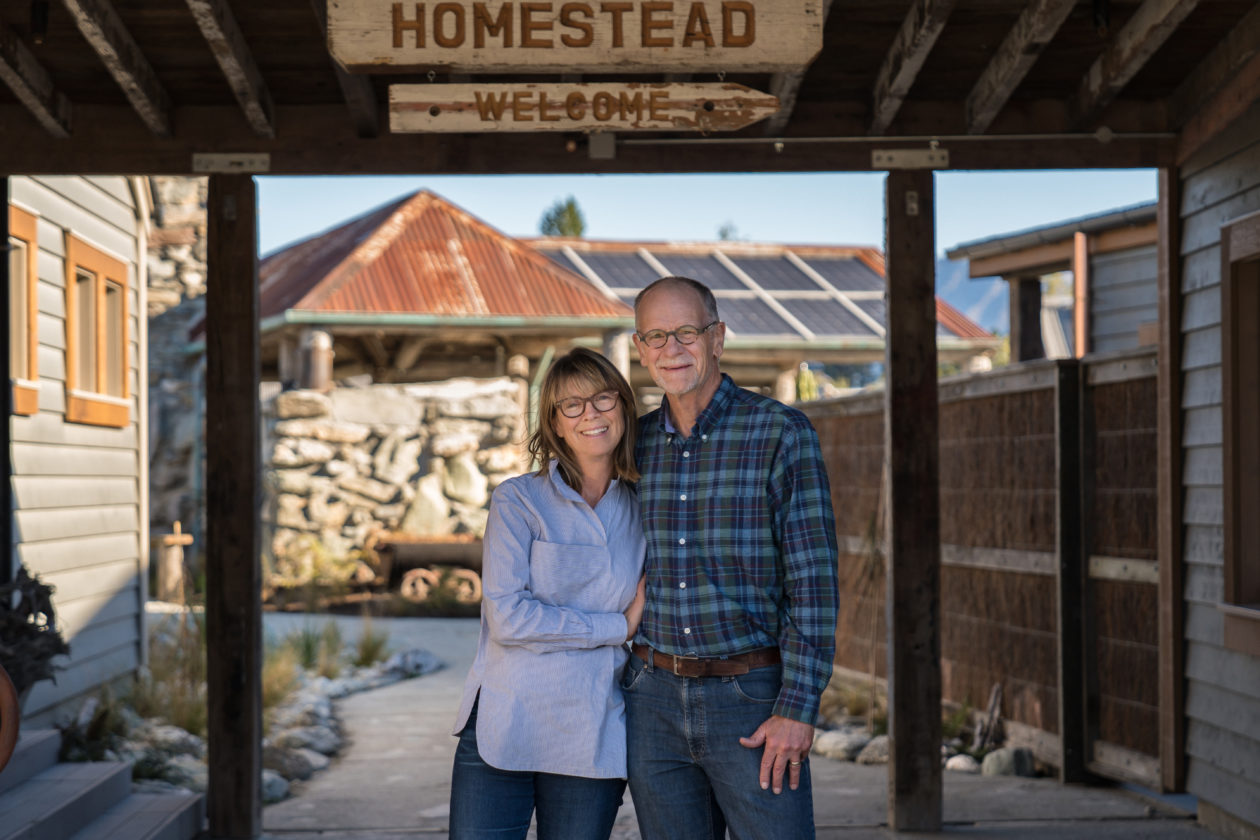
Servicing versus stopping need
Since the genesis of venture philanthropy, our understanding of unmet social needs has evolved. Research increasingly focuses on the structural and systemic conditions giving rise to stuck social challenges. Hunger, homelessness, violence, child welfare, etc. have their roots in longstanding social beliefs and economic policies: they aren’t simply predicated on people not having enough, but institutional environments which make that so, intentionally or unintentionally perpetuating injustice.
What might such an analysis mean for venture philanthropy? How does the venture philanthropy logic play out on the ground? And what might be alternative logics?
For SVP Vancouver, these haven’t just been theoretical musings. They’ve been the starting point of a co-design process, which began with curiosity and openness to explore alternative futures. Over the past six months, we’ve created a set of design prompts, interviewed 12 venture philanthropists and grant recipients, observed key meetings and interactions, made a journey map, generated scenarios, and mocked-up touchpoints to bring to life possible options. Our intent has to been to prompt and provoke creativity and debate.
Our core finding? Values about proximity to and attribution of impact along with a steadfast belief in organizations as the unit of change are driving decision-making. Not surprisingly, philanthropists want to be able to see and touch what they’ve funded; they preference rags-to-riches narratives where they can trace their dollars to individual stories of success, enabled by charismatic nonprofit leaders receptive to their feedback. These values aren’t wrong — they are, after all, rooted in the dominant notion of charity — and yet to get to different outcomes, different mental models will be required. Whether philanthropists see a need to focus on different outcomes is a legitimate question.
This doesn’t mean innovation is necessarily the answer. Too often, innovation and impact are conflated. New and different does not equate to transformative. Nonprofits can have an innovative revenue model or innovative partnerships, but it’s what ends these means serve which determine transformative potential. To sustainably transform outcomes for people most on the margins we must address the reasons why margins exist.
From venture philanthropy to systems grantmaking?
A new funding logic is emerging. Systems grantmaking shifts the focus from single organizations delivering services to multi-stakeholder groups influencing change — at structural, cultural, community and individual levels. Adopting this logic means accepting that impact is likely to be distal, and rooted in broader narratives versus personal stories.
This alternative story of social impact – without heroes and singular solutions – relies on different concepts of self and society. And that may be a tough shift to make.
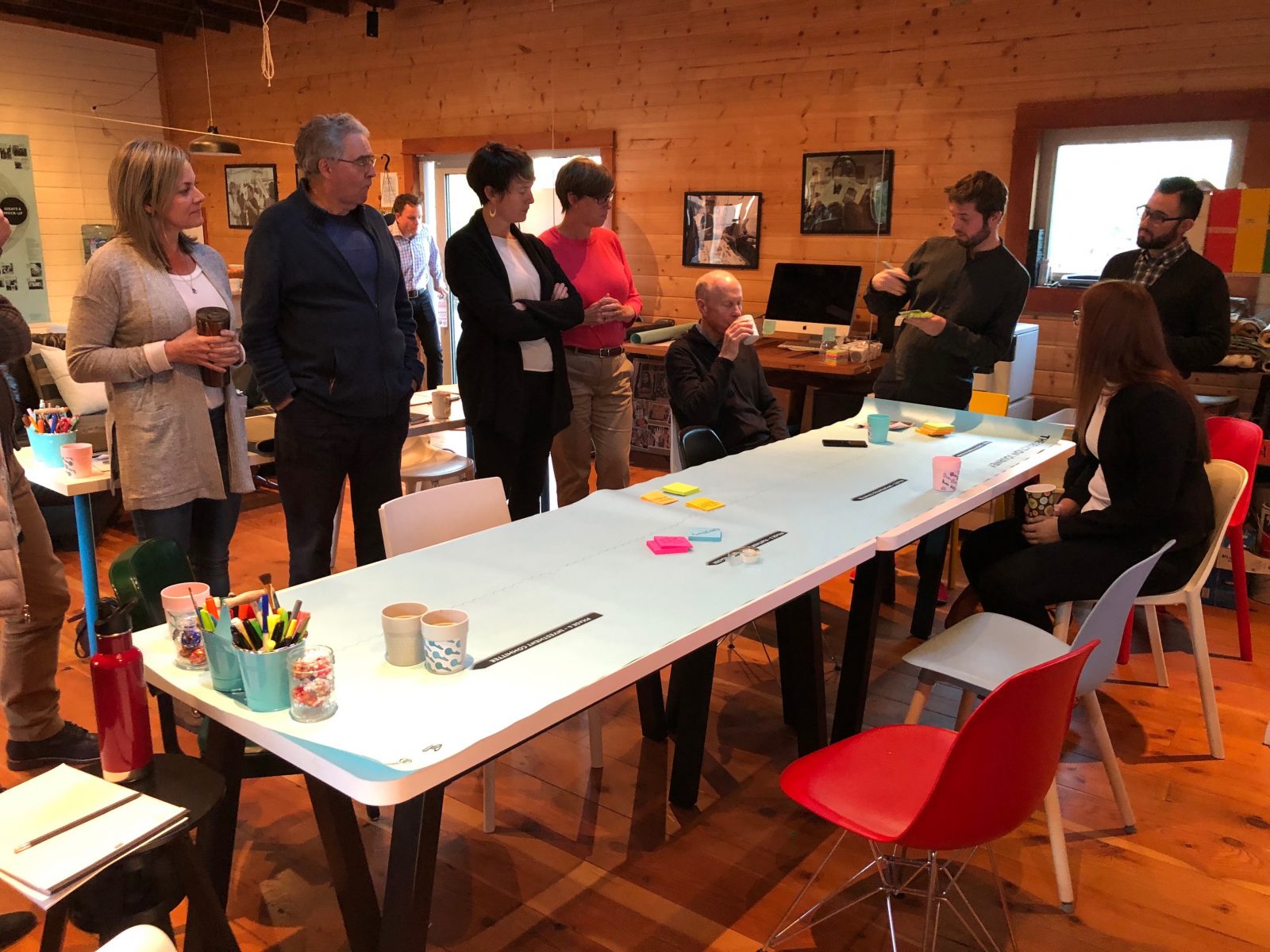
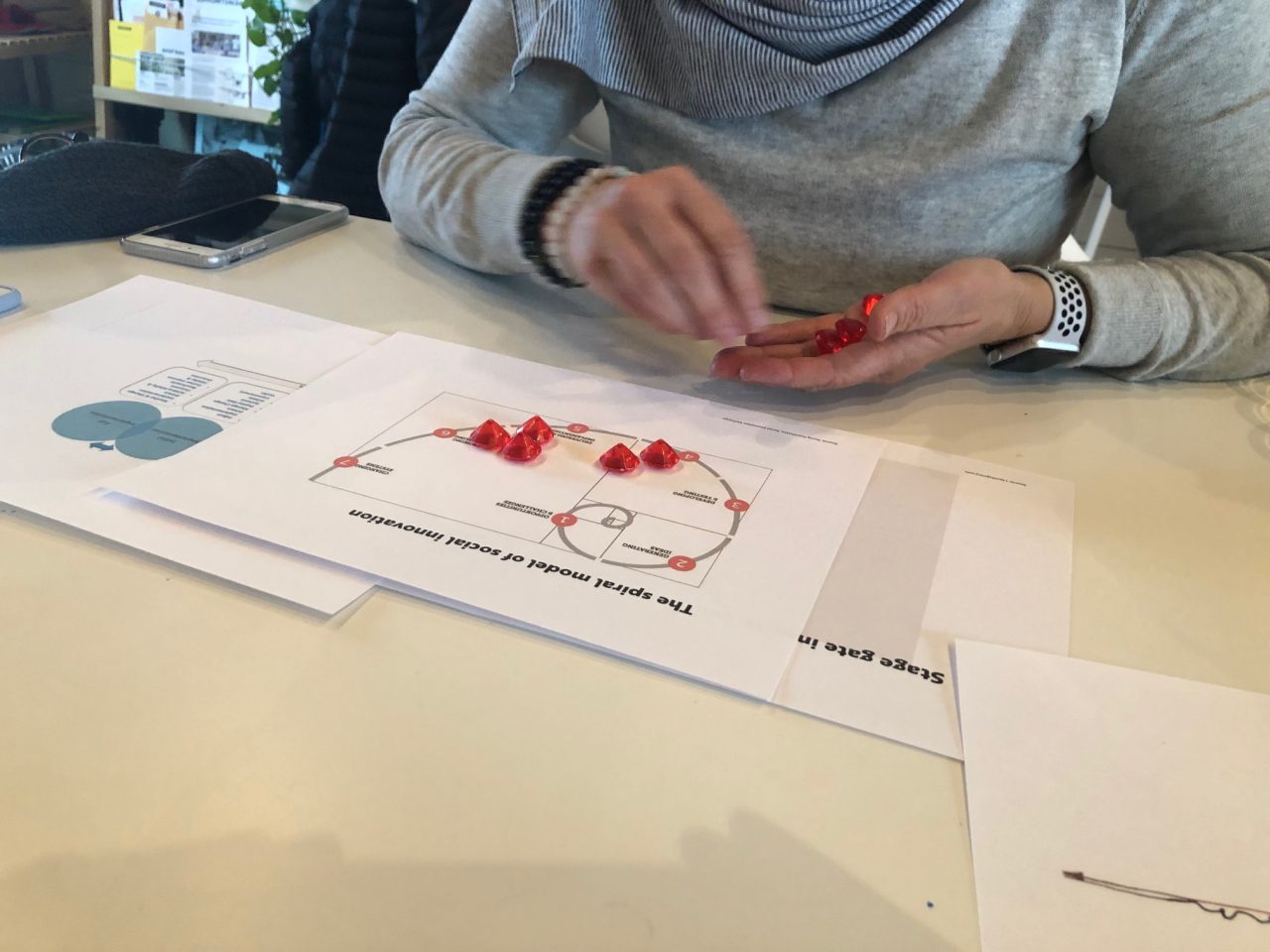
Here’s where a social science meets design approach can be useful. We have to start with where the users — in this case, philanthropists — are at, but not end there. That looks like prototyping ways to make prevailing values and beliefs visible and, over time, contestable. Altruism, social expectations, and self-interest will always commingle. It’s naive to think that funders can (or should) remove themselves from the equation. The design challenge is to find giving models that fulfill philanthropists’ needs and redefine notions of the social and the self.
After more than a decade of looking at the context and the behaviours of people left out of society, it’s time for InWithForward to flip the script and understand the context and the behaviours of corporations & groups who have arguably most benefited from society. Making meaningful progress on poverty and injustice requires a fundamental shift of resources and power. Unlike traditional charitable giving, venture philanthropy recognizes money isn’t the only resource. Neither traditional charitable giving or venture philanthropy address who holds knowledge, power and authority. We’re curious to learn how sitting with & shaping the motivations of groups with power and authority differs from sitting with & shaping the motivations of individuals without formal power and authority. Our starting premise: corporations and groups are people.
We welcome the challenge.
